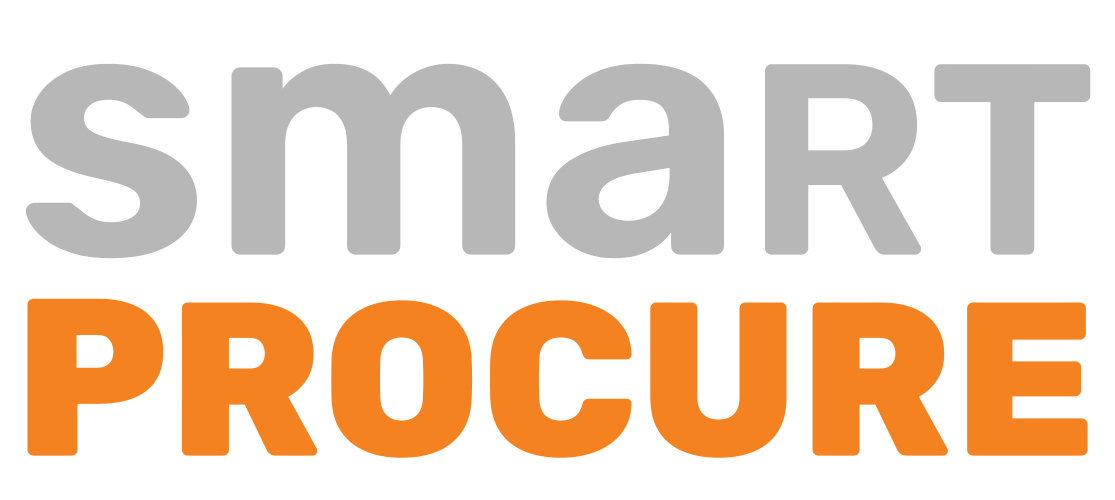Industrial development played a role in the development of purchasing. The industry has supported technology and technology has supported purchasing
Industry, which together with industrialization has taken a large place in the world, can be considered a vehicle that opens the doors to economic growth. The development of the industry has evolved through three phases, or three revolutions.
This development has affected not only the industry itself, but also many segments that operate in the economy. Procurement is one of these segments.
The industry has played a role in the development of facilitating strategies such as supply chain management, which have been instrumental in the evolution of purchasing. The first industrial revolution came with the Industrial Revolution.

The development of mechanical products and tools, as well as industrial development, has begun to be a full one. Machinery and workbenches, operating on water and steam, are the products of the first industrial revolution. The revolution and economic transformation that began in the United Kingdom in the 1760s started to spread rapidly in European countries. The development of sciences such as chemistry and astronomy also accelerated this process.
Thus, mechanization and mass production have also become apparent. The fabrication comes after all. Consequently, new areas of activity were established. Now, raw materials had to be supplied more rapidly in order to be able to produce our products. Hence, the concepts of supply and purchase have not yet been clearly articulated, but they were at their core.
And the second revolution didn't last very long either. Following this revolution in the early 20th century: besides steam and coal, petroleum has also become a factor of energy resources and mechanization. Henry Ford’s mass production line system and electric power run at plants in the automotive industry triggered industrial development.
As mass production expanded, market growth became inevitable. Businesses that are producing now are starting to get involved in big activities. With increased competition, the supply chain has become more advantageous than necessary. Establishing a systematic and regular procurement process was important.
In the early 1970s, a third industrial revolution was entering the door. In the aftermath of the Second World War, technological advances were now manifested in a very different dimension. Countries wishing to achieve military superiority also developed their technology to a large extent and maintained this development after the war. Electronic devices, computers, and information and communication technologies have become increasingly important in daily life. The concepts of programming have emerged. Over time, the benefits of this programming concept have become relevant in the purchasing process.
Short-term plans were made for the purchasing in the first place. to deliver to a door. The buyers themselves had to receive the goods and services. To ensure that the procurement process would end safely, the price was a little overlooked and clarified with familiar suppliers. With the automation and digitization industry, medium-term purchase plans could now also be made. Several technologies such as microelectricity, fiber optics, telecommunication and laser were present.
With these technologies, request and offer processes for purchases are now handled more effectively. In addition, the use of programmable machines in product lines has led to an increase in production.

In our current age, long-term plans have also been mentioned in purchasing transactions. Suppliers now make deliveries to the door. In fact, certain strategies make it possible to deliver products directly to the end consumer through suppliers, in order to finalize your purchases more profitably. It is possible to talk about purchasing managers, purchasing specialists or even engineers.
The supply chain was no longer seen as a necessity, but as a strategy that needed to be developed. This is where it stands in Industry 4.0. Industry 4.0 has also contributed to the birth of acquisition 4.0. Industry 4.0, which can describe as an integrated manufacturing system, was brought about by generations Y and Z.
Everything you look for is just a click away
Discover SmartProcure now for advanced purchasing processes
If You Want Call First
Recent technologies are designed to understand people and to provide quick solutions to the needs of people or companies. Industry 4.0 has started to deliver this. Today’s ERP and SAP software aim to optimize their purchasing and procurement processes. The development of integrated systems has brought purchasing 4.0.
In the future, artificial intelligence will bolster these technologies. For example: upon completion of the inventory, AI software will communicate to the supplier, call the truck when production is over, make the purchase itself, and even select the most suitable supplier.
Nowadays, such operations are carried out by hand, but still through various software and systems. So even though work is done in the human brain, machines play a rather facilitating role.
The technologies that have been developed have brought with them systems that update them and enable easier purchasing operations. We can also say that the evolution of purchasing will achieve the forms mentioned, in the near future, with the development of Industry 4.0.
